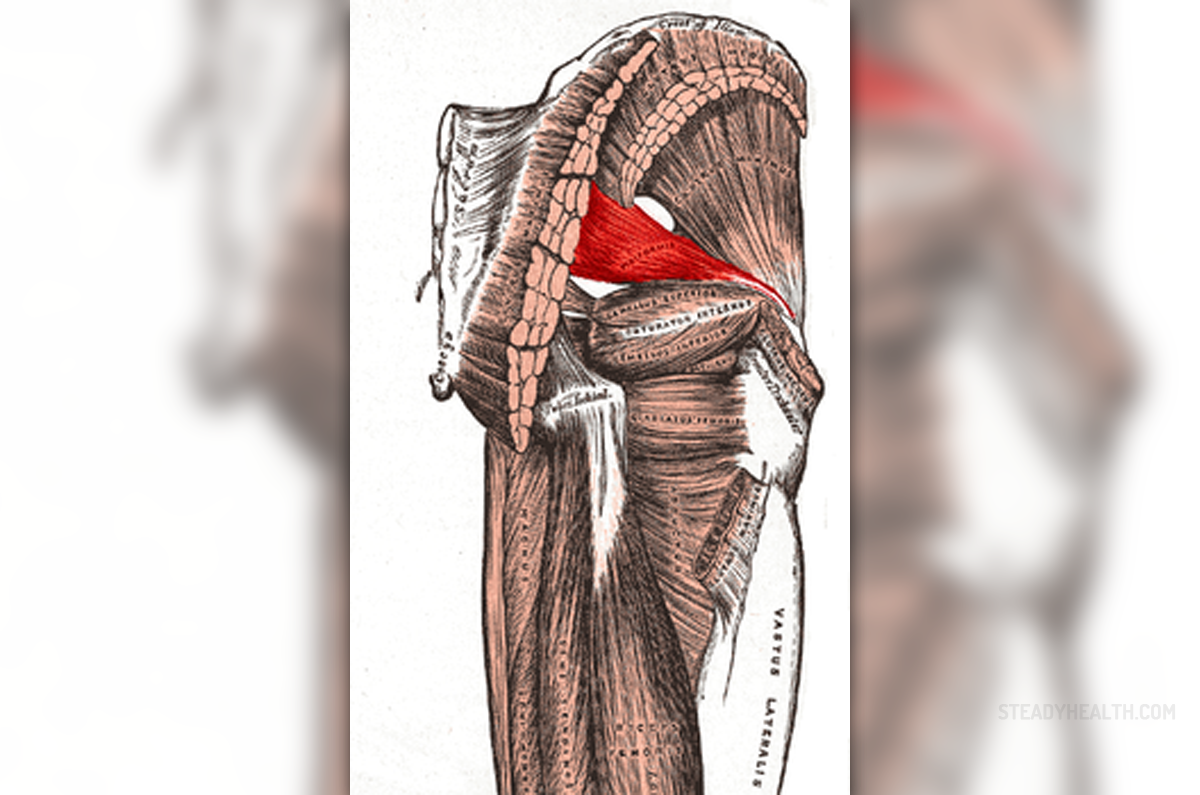
Causes of the piriformis syndrome
In most of the cases, piriformis syndrome occurs when the piriformis muscle contracts or shortens due to trauma or overuse. When this happens, the muscle may compress and capture the sciatic nerve. It is estimated that 15 to 30 percent of population has the sciatic nerve that passes through the piriformis muscle. In the rest of the population, sciatic nerve passes underneath the piriformis muscle. The first group of individuals is at the highest risk of the piriformis syndrome, since their sciatic nerve gets compressed more easily.
Development of the piriformis syndrome is also caused by the inactive gluteal muscles. If someone sits with hips flexed, as in sitting all day in front of the computer, the gluteals becomes inactive and the individual is at the highest risk of developing piriformis syndrome, since the hip flexors are “used to” be too short and tight.
The other important cause for the piriformis syndrome is the overuse injury, especially during the activities performed in the sitting position such as bicycling. People are at the high risk of developing piriformis syndrome, especially if they begin with an exercise program after being inactive for some time.
Prevention of the piriformis syndrome
To avoid becoming affected by piriformis syndrome, one should remember the importance of letting the muscles rest and recover after any vigorous physical activity. Moreover, each physical activity should start with a proper set of warm-up exercises. This will improve the blood circulation in the hip and spinal area and make the muscles more flexible. Strains and sprains usually occur when the muscles are too tight and stiff, since they are easily pushed beyond their natural range of motion.
To prevent this condition one should always exercise on the even ground and wear appropriate shoes that fit properly. If a person needs to sit for long periods of time, it is necessary to take occasional breaks and stretch, and to sit on a comfortable chair in the proper position.
- www.nhs.uk/video/Pages/sciatica-piriformis-syndrome.aspx?searchtype=video&searchterm=&offset=305&
- www.nhs.uk/conditions/sciatica/
- Photo courtesy of Mikael Hu00e4ggstru00f6m by Wikimedia Commons: commons.wikimedia.org/wiki/File:Piriformis_muscle.PNG



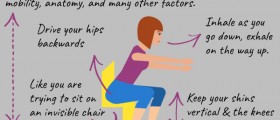
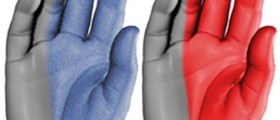


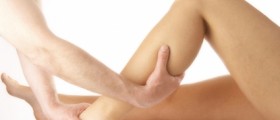


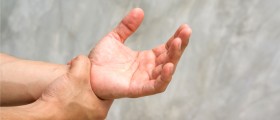
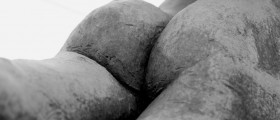

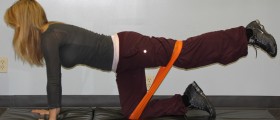



Your thoughts on this
Loading...